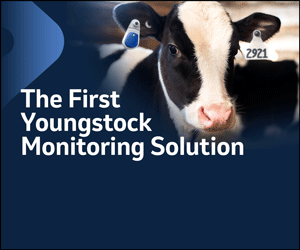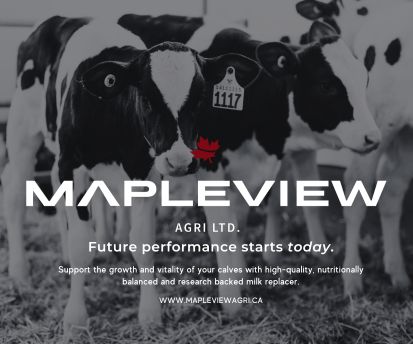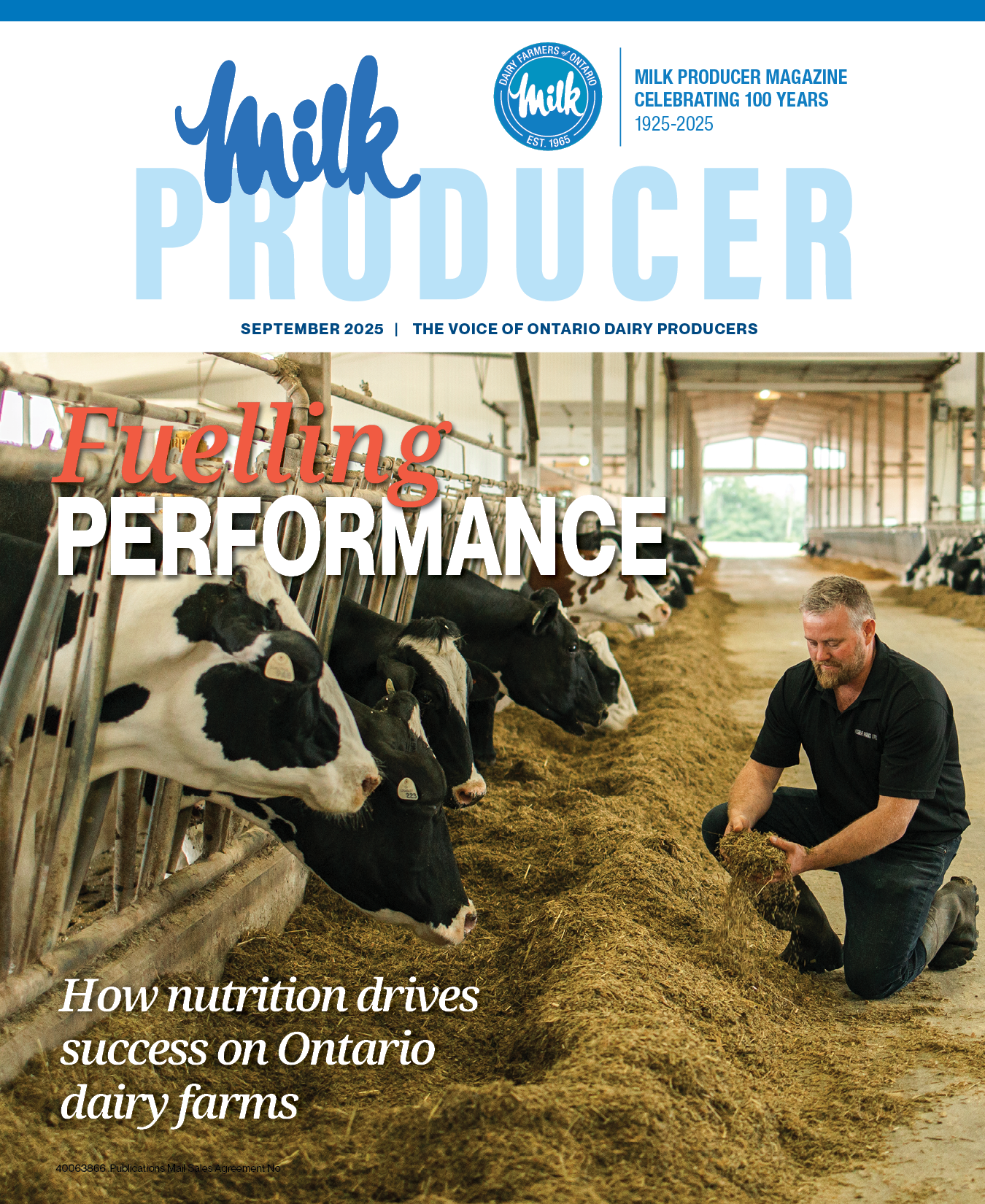
On The Cover:
How nutrition drives success on Ontario dairy farms
Proper nutrition is essential to the health, productivity and longevity of dairy herds. A well-balanced diet supports optimal milk production, reproductive efficiency and disease resistance, directly impacting milk components, along with the profitability and sustainability of dairy operations.
More from this issue
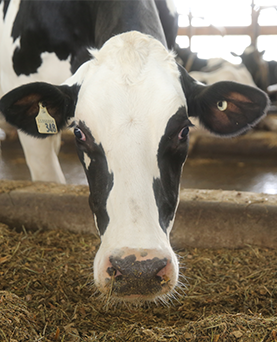
Why B vitamins are important for dairy cows
Rations are commonly balanced for vitamins A, D and E, but requirements for the B complex vitamins continue to be debated.
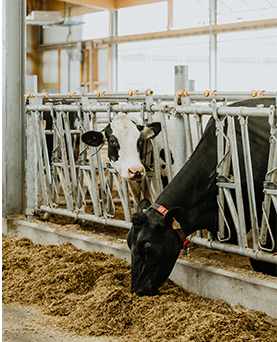
Precision nutrition - Understanding the four diets of the dairy cow
Precision nutrition is often described as the art and science of feeding cows exactly what they need, when they need it, to achieve an expected outcome.
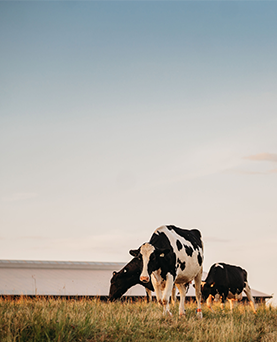
Healthy cows, sustainable farms - Why cow health is part of dairy’s green future
In today’s dairy industry, sustainability isn’t just a buzzword, it’s a necessity. While environmental concerns often lead the conversation, sustainability is supported by environmental, economic and social pillars. One of the most effective ways for dairy producers to strengthen all three is to invest in cow health.
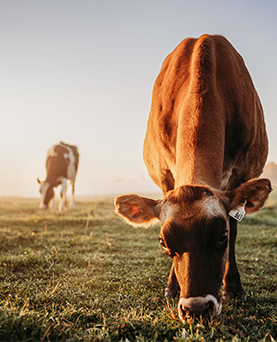
Heat stress hangover - Strategies for recovering your herd
The temperature may be dropping, so why is your herd’s milk fat percentage still low? You're probably dealing with "heat stress hangover" and it requires more than just waiting for cooler weather.
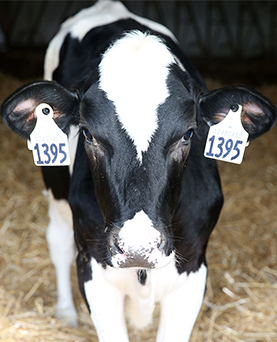
Give extra attention to calves’ breathing after a difficult birth
Dystocia refers to abnormal or difficult calving, which causes pain and lowers reproductive rates and milk yield. Affected cows face increased risks of milk fever, retained placenta, infections (metritis, mastitis), future calving issues, culling and even death.


